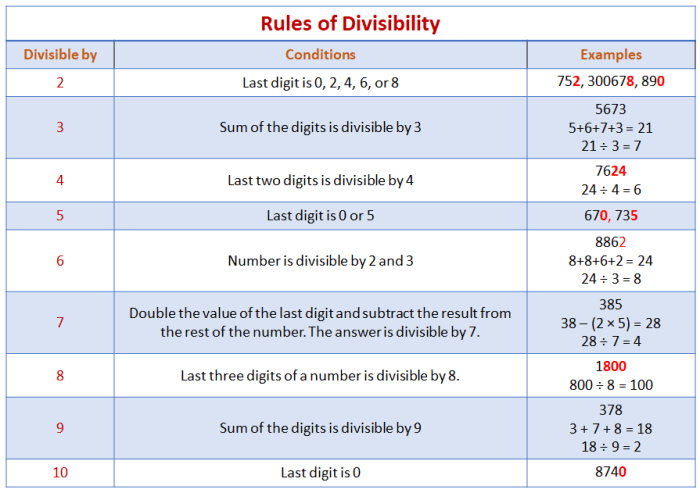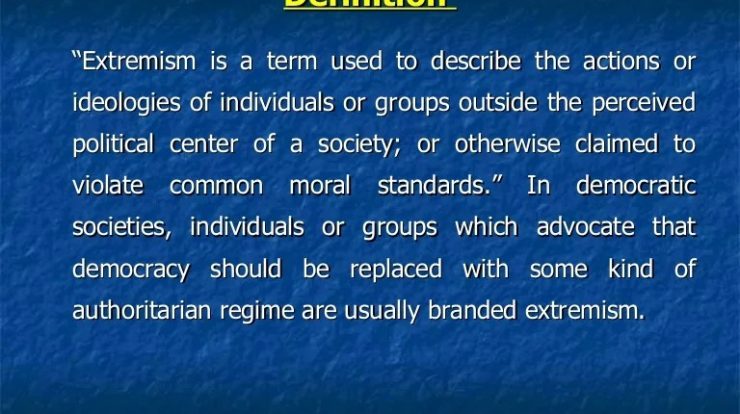Which is an example of how a denomination is divisible sets the stage for this enthralling narrative, offering readers a glimpse into a story that is rich in detail and brimming with originality from the outset. This exploration delves into the complexities of denominational divisibility, examining historical and contemporary examples to unravel the factors that contribute to the fracturing of religious communities.
Throughout history, denominations have undergone division due to doctrinal disputes, differing interpretations of scripture, and changes in social and cultural contexts. This analysis will shed light on the reasons behind these divisions, exploring their impact on the religious landscape and the challenges and opportunities that arise from them.
Understanding Denominational Divisibility

Denominational divisibility refers to the process by which a religious denomination splits into multiple factions or subgroups. It is a complex phenomenon influenced by various factors, including theological disagreements, leadership conflicts, and cultural shifts. Understanding the causes and consequences of denominational divisibility is crucial for comprehending the evolution and dynamics of religious organizations.
Factors Contributing to Denominational Divisibility, Which is an example of how a denomination is divisible
- Doctrinal Disputes:Differences in beliefs and interpretations of religious texts can lead to the formation of distinct denominations.
- Leadership Struggles:Power struggles and disagreements between leaders can result in factions forming within a denomination.
- Cultural Changes:Shifts in societal values and norms can influence the beliefs and practices of religious groups, leading to division.
- Geographical Dispersion:Distance and isolation can contribute to the development of independent denominations.
General Inquiries: Which Is An Example Of How A Denomination Is Divisible
What is denominational divisibility?
Denominational divisibility refers to the process by which a religious denomination splits into two or more distinct groups due to doctrinal differences, differing interpretations of scripture, or changes in social and cultural contexts.
What are some historical examples of denominational divisibility?
Historical examples of denominational divisibility include the Great Schism of 1054, which divided the Eastern and Western Christian churches, and the Protestant Reformation, which led to the formation of numerous Protestant denominations.
What are some contemporary examples of denominational divisibility?
Contemporary examples of denominational divisibility include the split within the Anglican Communion over the ordination of women and the emergence of new denominations within Pentecostalism.



